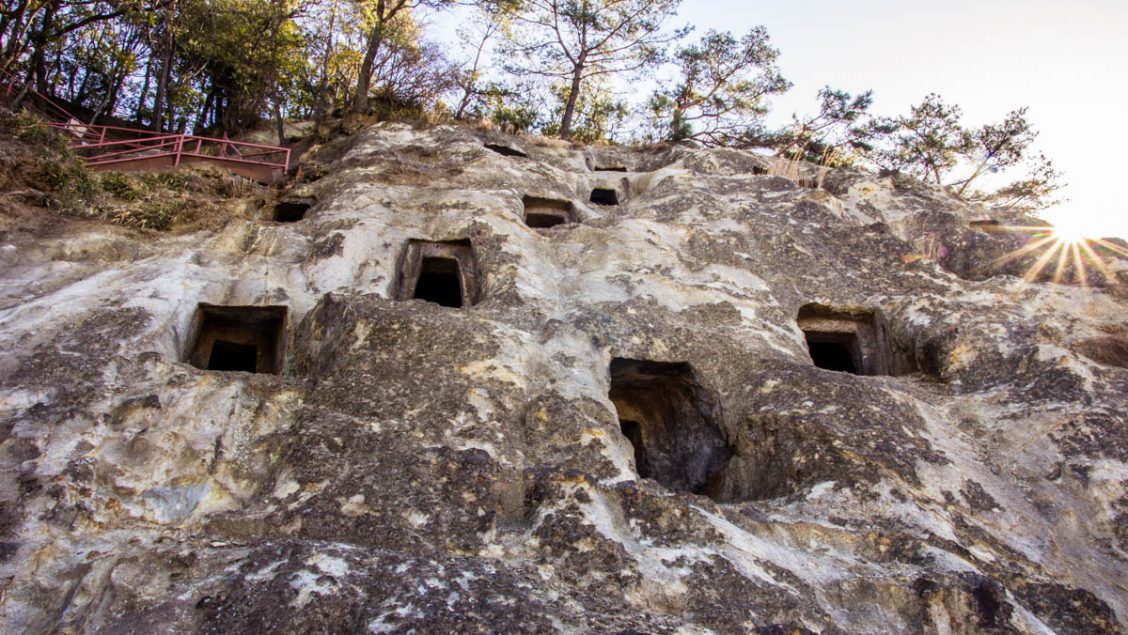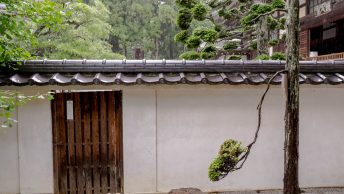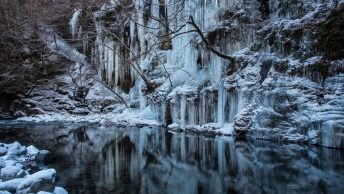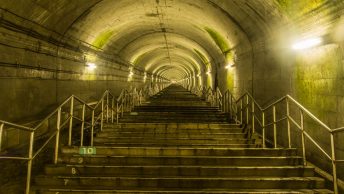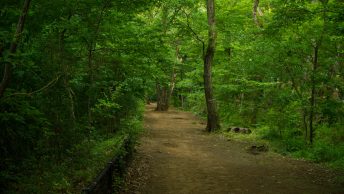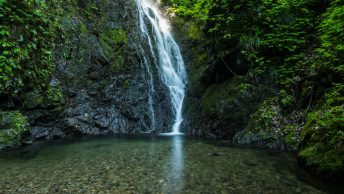The Caves of Yoshimi Unearth an Interesting History
The Hundred Caves of Yoshimi are ancient burial tombs carved into the sandstone cliffs in Saitama Prefecture roughly 50 km from downtown Tokyo. They were unearthed in 1888 by Shogoro Tsuboi a founding father of Japanese anthropology and archaeology. While the caves aren’t particularly well known they are noteworthy as comprise the largest ancient grave cluster in Japan and are also designated as a National Historic Monument. It was initially presupposed the 219 caves were the habitation sites of the local indigenous people though later research pointed to their use for entombing high-ranking dignitaries during the Kofun period around 1,300 years ago.
Another interesting feature of the caves comes in the form of a rare luminescent moss Schistostega pennata (higarigoke) which grows naturally in several of the caves and gives off a greenish glow from the reflected light. The caves and tombs dotted over the hills can be freely explored and while somewhat claustrophobic with most entrances spanning only one metre in diameter they do provide a unique glimpse into burial rituals of the past. Next to the cave is a small museum which displays tools, pottery and other artefacts excavated from the burial sites.
Access: The caves are located about 2km from Higashi-Matsuyama Station on the Tobu Tojo Line. From the station options include a 5 minute bus trip or a 25 minute walk. Entry fee: Adults 300 yen / children 200 yen. Open daily 08:30 until 17:00.
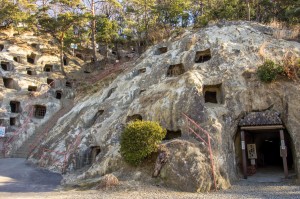
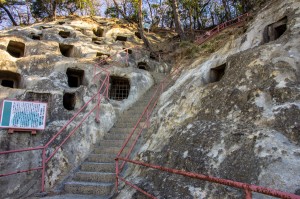
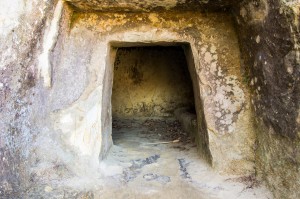
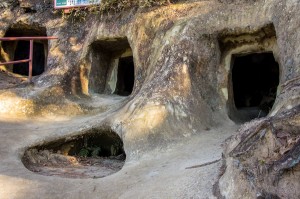

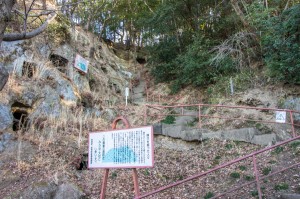
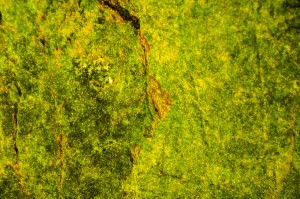
.
.
